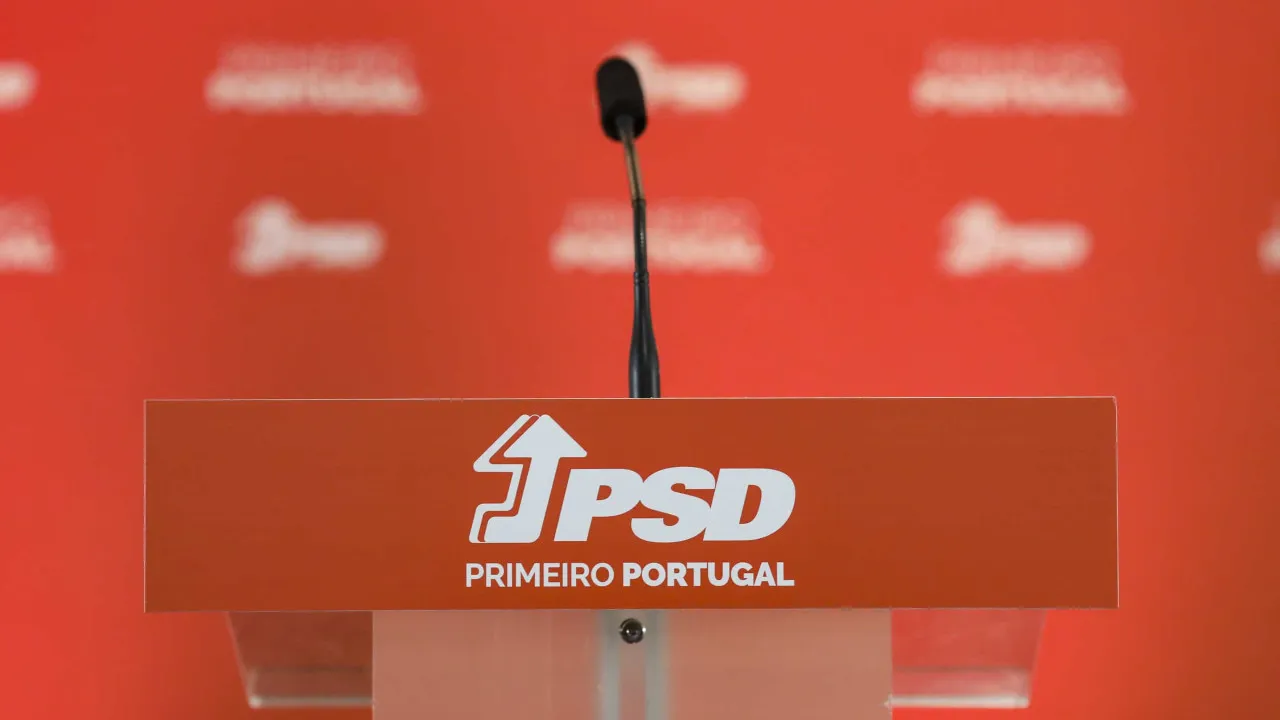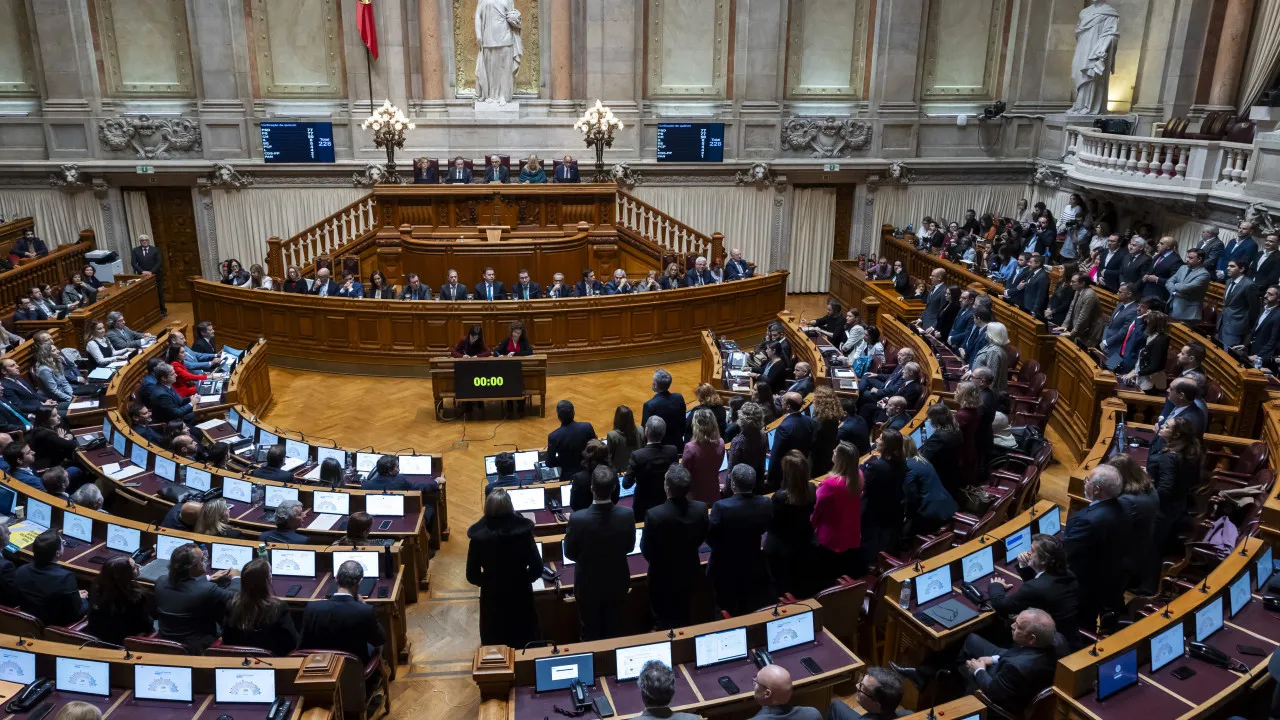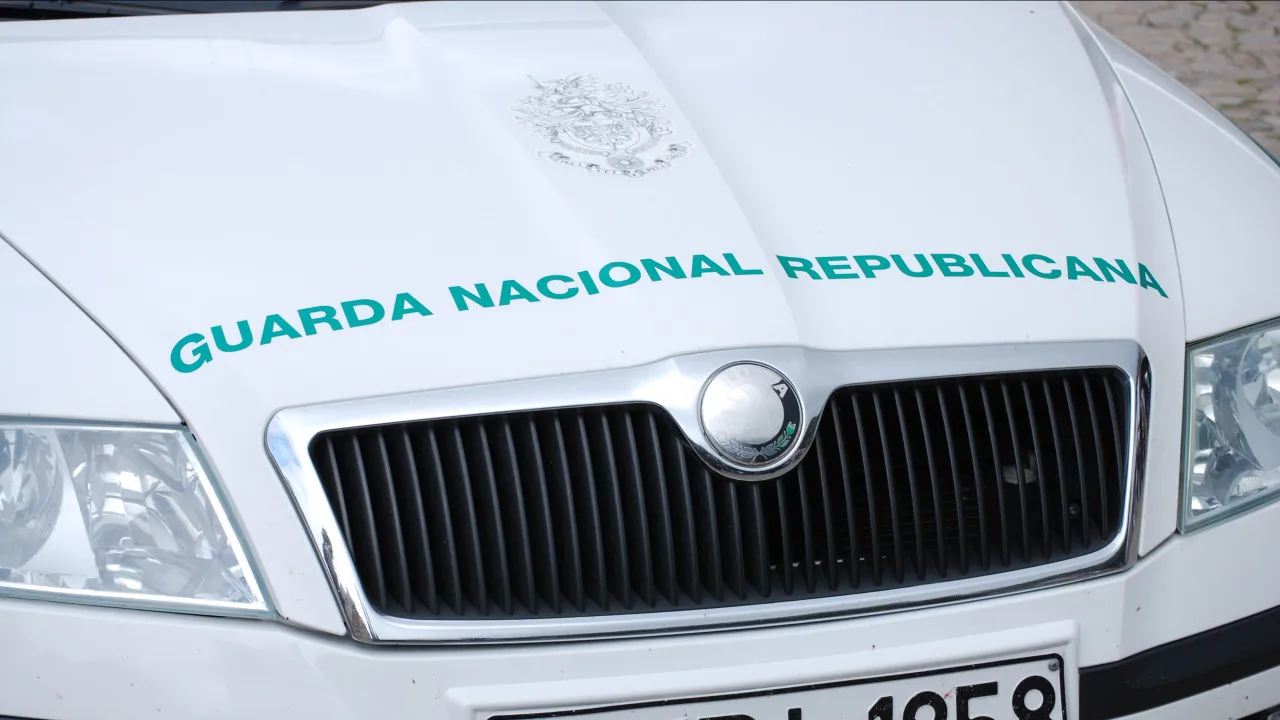
“I view with some concern these changes to the initial preliminary study. Initially, the plan was for the territory of Vila Nova de Gaia to have a crossing of around 13 kilometers, with about 10 kilometers in a tunnel and the remainder excavated. Now, the roles are reversed, with about five kilometers in a tunnel and the remainder excavated,” stated during today’s City Council meeting, where the proposals by the LusoLav consortium were presented.
Rui Rocha Pereira expressed his position following a presentation by the LusoLav consortium, reiterating it at the time of voting on the proposals.
At issue was a proposed alteration by the LusoLav consortium (comprising Mota-Engil, Teixeira Duarte, Alves Ribeiro, Casais, Conduril, and Gabriel Couto) responsible for the high-speed line between Porto and Oiã. The proposal involves relocating the Gaia station by two kilometers and constructing two bridges over the Douro instead of one road-rail bridge.
The proposal is set to be voted on by the Municipal Assembly at 21:00.
Rui Rocha Pereira believes that this solution would have “enormous impacts (…) on the population during the execution of the work, due to the crossings,” as well as future consequences, such as “visual impacts, noise impacts, and others.”
“I am also somewhat concerned about the issue of having two bridges instead of one,” he noted, “for financial reasons,” warning of potential charges for municipalities in managing a separate bridge.
The PSD councilor further suggested that the lack of a direct connection to two metro lines in Santo Ovídio, with only one (in the southern solution there would only be a connection to the Rubi line), might jeopardize “the jewel of the operation.”
“This new station, which I am sure is much easier to execute and substantially reduces costs for the consortium, does not have the metro connections that the current station already has,” he points out.
According to the opposition councilor in Gaia’s City Council, there is no assurance “that the Rubi line connection will be completed in a timely manner before the start of operations.”
“It is always a solution that is less perfect in terms of accessibility. It will only have access to one metro line and will always require a transfer for those using, for example, the Yellow Line,” he argued.
Even though the new station proposed by LusoLav might have “better access,” there is currently a collective goal of “increasingly wanting less traffic,” he advocated.
The non-binding proposals from the LusoLav consortium to alter the high-speed line route in Vila Nova de Gaia were approved today by the socialist majority in Gaia’s City Council, with votes against from the two PSD councilors.
Three separate points were voted on: one concerning the solution of two bridges, another regarding the route change, and another related to the station’s relocation, all with the same outcome.
The City Council President, Eduardo Vítor Rodrigues, stated today that the proposed solution does not nullify the previous one, mentioning that “the Santo Ovídio station will always be a viable alternative until a decision is made by the authority” and that “under no circumstances can the Gaia station or the national project, which is central to the project and the region, be at risk.”
“The proposed solution does not exclude the original hypothesis, but rather endorses an alternative option that fits within the area designated as the High-Speed corridor by the international competition launched by the State,” he also noted.
The Government announced today that it is in dialogue with IP on the subject, and both IP and the Porto City Council claimed to be unaware of the proposals.




